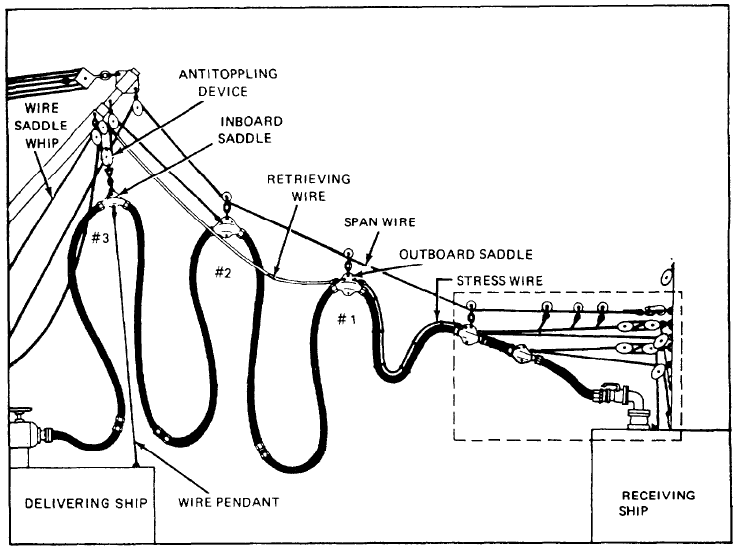The Arleigh Burke-class guided-missile destroyer USS Curtis Wilbur (DDG 54) joined the Japan Maritime Self-Defense Force Towada-class replenishment ship JS Hamana (AOE-424) and the French Floréal-class light frigate FNS Prairial to conduct a tri-lateral replenishment-at-sea (RAS), Feb. 19.
The RAS allowed French, Japanese and United States, Sailors to complete an underway evolution highlighting the capabilities of their respective navies.
“We integrate, train, and plan with our allies any chance that we can find,” said Cmdr. Diane Cua, commanding officer of Curtis Wilbur. “Being able to conduct a replenishment-at-sea with not only the Japan Maritime Self-Defense Force, but the French Navy as well, is an amazing opportunity to show a unified effort in the 7th Fleet area of responsibility.”
During the RAS, Curtis Wilbur and Prairial came alongside Hamana to refuel and receive supplies.




“The ship-handling skills of the U.S. Navy and the French Navy were extremely high, which encouraged me as we are engaged in the same mission with same mind at sea,” said Cmdr. IKEDA Masato, commanding officer of Hamana. “Even during COVID-19, making the most of the naval unique flexibility and mobility with taking all countermeasures, we conducted the trilateral exercise and were able to deepen the cooperation with the U.S. Navy and the French Navy.”
Curtis Wilbur is underway conducting operations in support of a free and open Indo-Pacific, while assigned to Destroyer Squadron (DESRON) 15, the Navy’s largest forward-deployed DESRON and the U.S. 7th Fleet’s principal surface force.
Replenishment at Sea (RAS)
Replenishment at sea (RAS) or underway replenishment (UNREP) is a method of transferring fuel, munitions, and stores from one ship to another while underway. First developed in the early 20th century it was used extensively by the United States Navy as a logistics support technique in the Pacific theatre of World War II, permitting U.S. carrier task forces to remain at sea indefinitely.
“Underway replenishment was the U.S. Navy’s secret weapon of World War II.” — Fleet Admiral Chester Nimitz, U.S. Navy
The first documented replenishment of a warship at sea was conducted by the USS Constitution in the Caribbean Sea during the 1799 Quasi-War. The Constitution was replenished by small boats, with supplies lowered in barrels from one ship, rowed across, and then hoisted on board the U.S. frigate, a method that kept her on station for almost an entire year.

A replenishment at sea consists of two or more ships, one of which will be designated the “guide” ship. The guide will generally be the ship delivering cargo, but in a two-ship replenishment, this may be changed. From the ship-handling aspect, the responsibility of the guide ship is to maintain a steady course and speed, generally between 12 and 16 knots. Moving at speed lessens relative motion due to wave action and allows better control of heading. . The other ship(s) are referred to as “approach” ship(s), and their job is to come to the station alongside the guide and maintain that station throughout the replenishment, at a distance of approximately 30 yards.
Replenishment at Sea requires sharp navigational skills.



